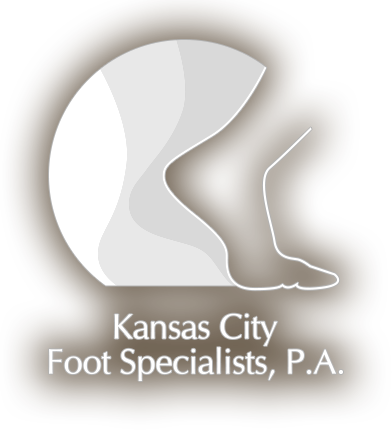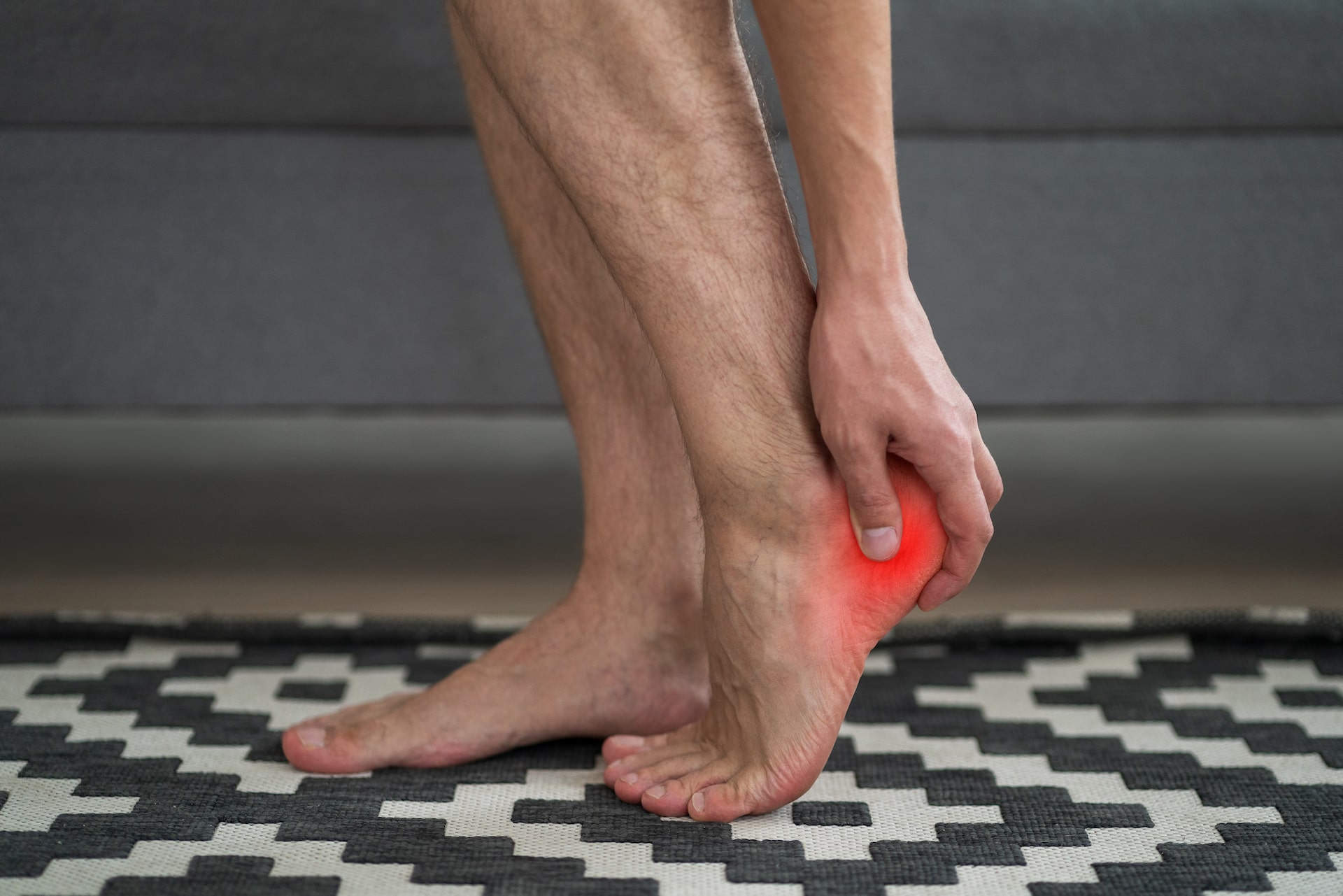You may have a fungal infection commonly called athlete’s foot, although it affects both athletes and non-athletes alike. This fungal infection is often associated with the feet due to the warm, dark, and humid conditions that our feet are subjected to, and it is most likely to start between the toes. Those who spend time around swimming pools or in locker rooms are most likely to contract the fungus, as these places harbor the ideal conditions for the fungus to spread.
There are numerous over-the-counter sprays, powders, and creams to help relieve athlete’s foot. In addition to using such products, changing your hygiene habits may also help. If you don’t see improvement within two weeks, see your podiatrist. Your podiatrist will assess the affected areas, talk to you about treatments you’ve already tried, and suggest possible prescriptions as well as hygiene and lifestyle changes.
Your podiatrist will likely prescribe topical or oral antifungal medications if over-the-counter products haven’t worked. As with antibiotics, it is important to follow your antifungal routine through to the end. Stopping treatment early leads to a high incidence of treatment failure and continued infection. Depending on your podiatrist’s examination, it may be determined that you also have a bacterial infection along with athlete’s foot. This is not unusual, and your doctor may add antibiotics to your routine — again, follow the treatment plan through to the end. During your examination, be sure to tell your podiatrist about any allergies or sensitivities to medications that you may have.
During and after treatment, follow these steps to be help prevent re-infection:
- Both during and after treatment, be sure to keep your feet dry by using a dusting powder in your shoes, and make sure you store your shoes in a way that allows them to air out between wearings. Although there are many dusting powders available, your podiatrist will be able to help you determine the best one for your needs.
- Wash your feet regularly with soap and water, and be sure to not only dry your feet, but also take the time to dry between your toes.
- In locker rooms or by the pool, wear sandals. Avoid walking barefoot, especially in places like these where conditions are ideal breeding grounds for fungus and bacteria.
- Wear shoes that are light and allow for airflow, and change your shoes and socks or stockings regularly to reduce exposure to moisture. Wash your socks or hosiery regularly, and be sure they are dry before putting them on again.
- Choose socks made from wicking materials that are designed to pull moisture away from your feet.
If you have any questions about athlete’s foot or other foot conditions, contact Kansas City Foot Specialists at 913-338-4440.



